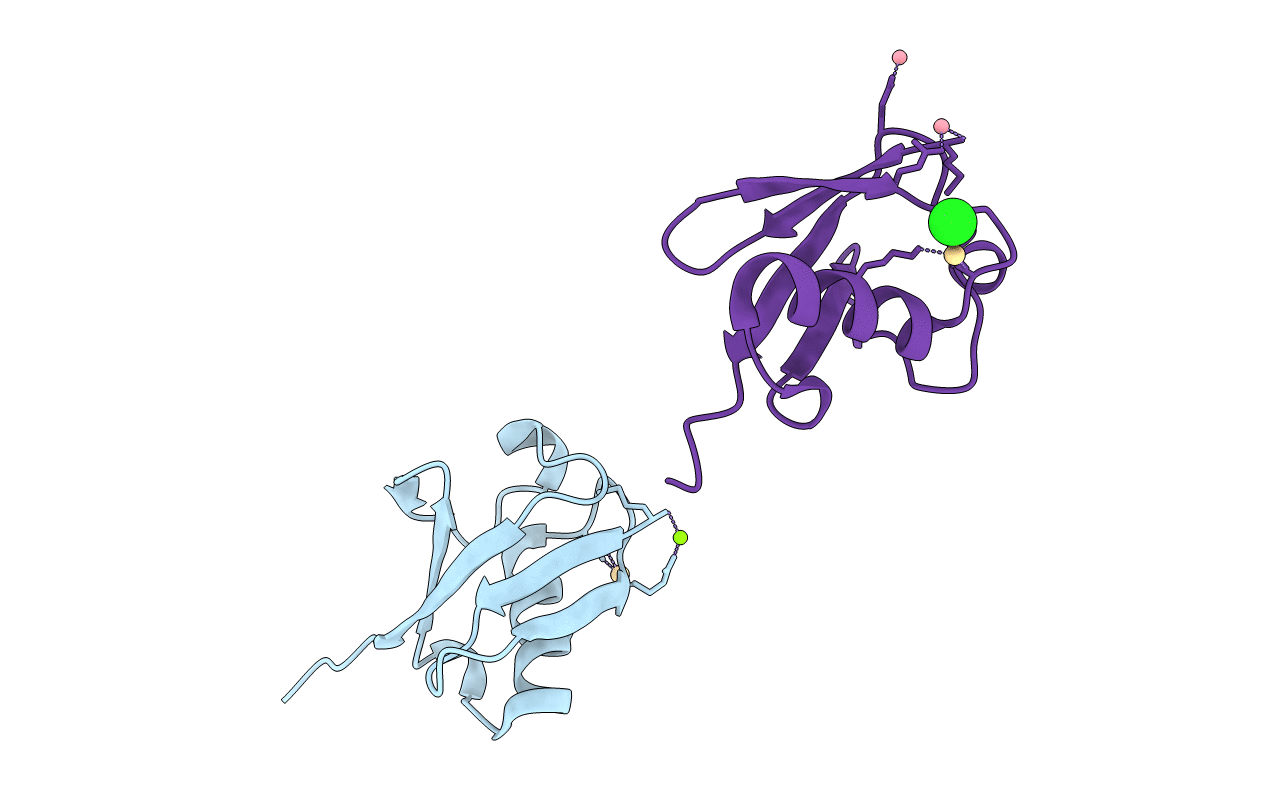
Deposition Date
2007-01-26
Release Date
2008-02-05
Last Version Date
2023-12-13
Method Details:
Experimental Method:
Resolution:
1.95 Å
R-Value Free:
0.25
R-Value Work:
0.20
R-Value Observed:
0.20
Space Group:
P 43 3 2


